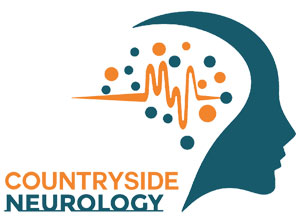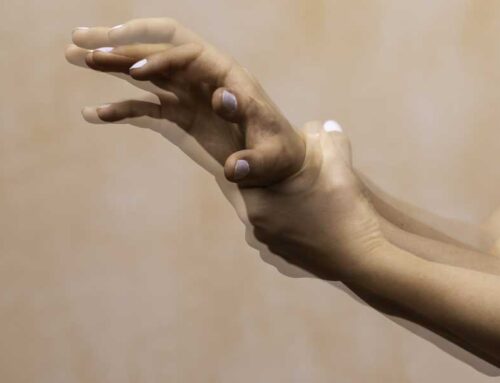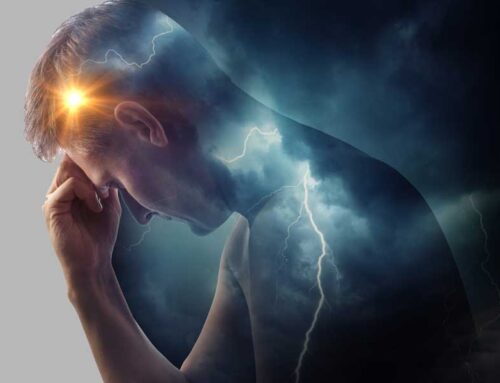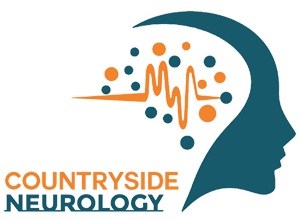Vincent van Gogh’s life has long fascinated art lovers and medical professionals alike, especially when it comes to the neurological and psychiatric conditions that may have shaped his experiences. While there is no definitive diagnosis, several hypotheses have been proposed based on his letters, behavior, and medical history. These theories offer insight into what might have caused his erratic behavior, hallucinations, and emotional instability.
1. Temporal Lobe Epilepsy
One leading theory suggests that Van Gogh may have suffered from temporal lobe epilepsy, a condition that could explain his sudden episodes of altered behavior, confusion, and hallucinations. Scholars argue that his excessive alcohol consumption, particularly absinthe, might have exacerbated this condition. Symptoms such as hearing strange noises or seeing unusual visions align with seizure activity in the temporal lobe.
2. Bipolar Disorder (Manic-Depressive Illness)
Another possible condition Van Gogh may have had is bipolar disorder. His extreme mood swings between intense productivity and deep depression suggest this diagnosis. For example, during manic phases, Van Gogh produced up to 70 paintings in the last 70 days of his life, while his depressive episodes led to self-harm and isolation, culminating in his tragic suicide.
3. Lead or Absinthe Poisoning
Van Gogh’s use of lead-based paints and his love for absinthe have led some to believe that poisoning could have worsened his mental state. Lead poisoning may have caused neurological symptoms like seizures, irritability, or cognitive changes. Absinthe, which contains the neurotoxin thujone, can trigger hallucinations and seizures, further complicating his health.
4. Porphyria (Acute Intermittent Porphyria)
Porphyria is another rare condition thought to explain Van Gogh’s symptoms. This genetic disorder affects the nervous system and can cause abdominal pain, seizures, hallucinations, and psychiatric symptoms. Historians believe that Van Gogh’s psychosis and confusion may be linked to this disorder.
5. Meniere’s Disease
Some experts suggest that Van Gogh’s dizziness, tinnitus, and ear pain could be due to Meniere’s disease, a vestibular disorder. His infamous act of cutting off part of his ear may have been related to auditory hallucinations or frustration with chronic ear problems, leading him to act out of desperation.
Conclusion
It’s likely that Van Gogh’s symptoms resulted from a combination of conditions, rather than just one. A plausible explanation is a mix of temporal lobe epilepsy, worsened by absinthe use, along with bipolar disorder. This blend of neurological and psychiatric challenges may have contributed to his remarkable creativity and emotional turmoil. However, without modern diagnostic tools or detailed medical records, his exact diagnosis will remain speculative.
Contact Us for Neurological Care
At Countryside Neurology, we understand the complexities of neurological conditions. If you have questions or concerns about your own health, don’t hesitate to reach out.
📍 2595 Tampa Rd Suite V&W, Palm Harbor, FL 34684
📞 727-712-1567
💻 countrysideneurology.com
📸 Follow us on Instagram: @countrysideneurology





